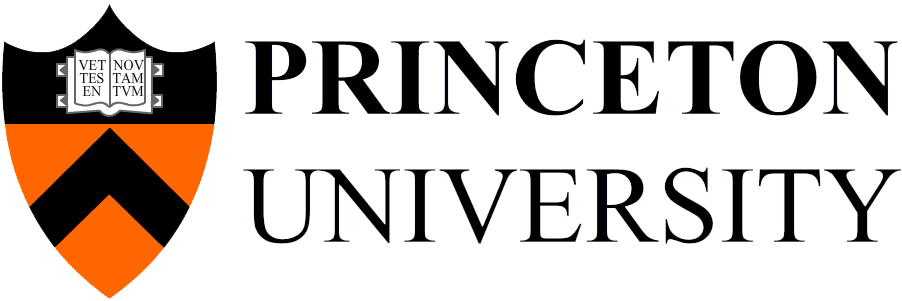Overview
When Princeton University purchased five oaths (kishōmon) from a Japanese antique bookseller in 2017, little was known about their origin except that the bookseller had obtained them from the collection of Takita Eiji (1904-1998), an entrepreneur and a local historian from Aichi prefecture who had studied Zen Buddhism and Japanese History at the University of Tokyo. It is now known that these documents were part of a collection of documents handed down to the Saji, a warrior family based in Kōga district, in Ōmi province (nowadays Kōka city, Shiga prefecture).
The Saji, along with other warrior families, banded together to create groups. Known as collectives (sō), they could be formed at the familial, village, or district level. In this case, the Saji banded together to create a group of Kōga district warriors (Kōga gunchū sō) who flourished during the Ashikaga era (1336-1573) in association with the Ashikaga shogunate, the Rokkaku (the provincial constable (shugo) of Ōmi), and Oda Nobunaga. Ultimately many Kōga warriors were banished by the warlord Toyotomi Hideyoshi in 1585, and the Kōga gunchū sō was broken up. The local warriors lost their status, with the last reference to their adjudication of local disputes dating from 1611. In unsuccessful efforts to restore the samurai status, their descendants created the myth of the Koga ninja, who allegedly supported Tokugawa Ieyasu and others with their secret martial skills. Today, Koga warriors are best known as ninja in historical imagination. If it were not for them, the notion of ninja would not exist.
The invocation clauses of these oaths date from 1556, 1563, and a pair from 1569, the heyday of the Kōga gunchū sō, with one final clause, dating much later from 1615. These oaths are not complete, because the content of their agreement is missing. Rather they are the end of the document, in what is known as the invocation clause, which has special protective phrases written on them.
These documents have stylized characters written on the reverse which spell out Nachi taki hōin (那智瀧宝印), "the treasured seal of Nachi Taki," one of three major Kumano shrines. In addition, a second impression in red ink appears on these documents, which reproduces a wish-fulfilling jewel (nyoi hōju, Skt. cintāmaṇi). Particularly noteworthy is that these characters are represented by crows, which were thought to be messengers of the deities of the Kumano shrines. Anywhere from 42 to 72 images of crows were used to create these stylized characters. This paper, printed at Kumano, was used to seal an oath, for oath takers would invokes the gods and call down divine punishment on themselves if they were to break the agreement or to lie about its contents.
Remarkably, the invocation clauses for documents 1-3, dating from 1553, 1563 and 1569 can be connected to specific oaths that survive in the Saji collection. The 1569 document apparently had two distinct invocation clauses attached to it. Thus, although Princeton owns five invocation clauses, the five are linked to only four distinct documents. Of these four documents, the first three survive in their entiretly and are united here. Nevertheless, only the Princeton fragment apparently survives for the fourth and final document of 1615. As it is fragmentary, it can only be partially translated. The Saji, like the other families of the former Kōga gunchū sō, experienced a relative loss of status during the Tokugawa era. In 1829 Saji Tameyori organized his surviving documents into a scroll and there he noted that many Saji records had been scattered after the destruction of the Kōga gunchū sō. As he does not mention the invocation clauses that Princeton currently owns, these documents were lost to the Saji sometime before 1829. For the first time in centuries, albeit in a digital format, these documents are reunited.
